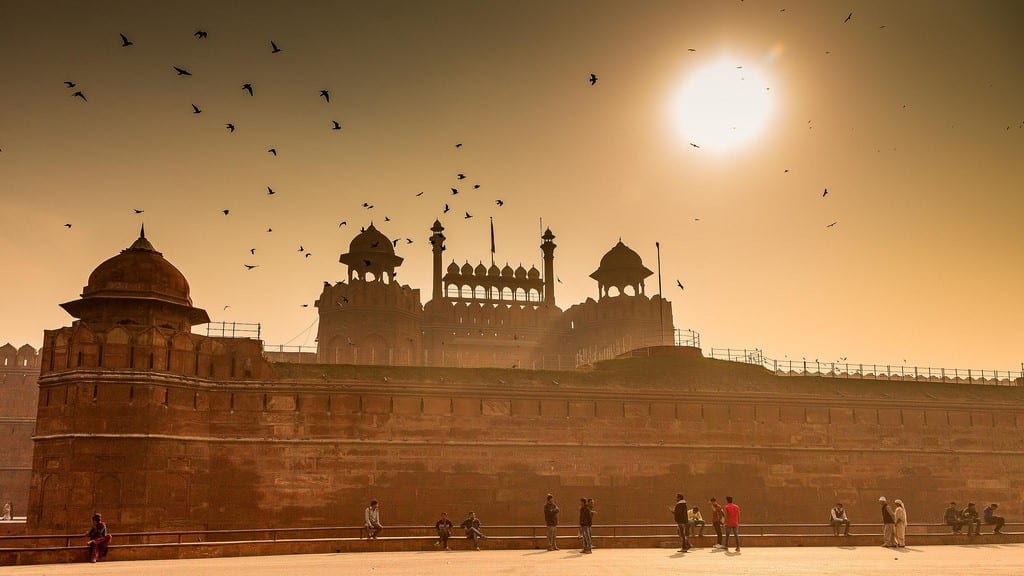A combination of high-quality care (for international patients), low cost, and access to affordable complex procedures make India a favored option for many people seeking healthcare abroad.
India is one of the world’s most popular medical tourism destinations, and the rate of foreign patients receiving treatment in the country is growing by leaps and bounds each year.
This guide is based on the most common questions our Care Team receives from international medical travelers inquiring about treatment in India.
Why travel to India for healthcare?
The primary driver of India’s medical tourism lies in its ability to provide specialized complex treatments for competitive prices. India also has many healthcare centers that meet high international standards, and English being so widely spoken makes it a very attractive choice for medical travelers.
When considering value for money, India is one of the leading destinations in the world for medical tourism: Open heart surgeries that can cost over $100,000 in the US, can cost as little as $4,000 in India.
With over 8 million tourists per year, the country has the necessary infrastructure to enable medical travelers to feel comfortable, including hotels, tours, and many other helpful services.
Finally, India has a rich history as a wellness tourism destination and is well-known for its traditional healing practices. The idea of recovering in a wellness retreat is just one of the many benefits that draw people to India.
Why are India’s prices so competitive?
There are many reasons why medical procedures in India are more affordable than elsewhere. Here are a few of the most important ones:
- Out of pocket / private payment for healthcare
- Competitive market
- Hospital size and economy of scale
Where do India’s medical tourists come from?
India attracts around 500,000 medical tourists per year from abroad. Some previous estimates put India’s number of medical tourists in the millions, but these inflated figures likely included the many Indian citizens travelling between its cities for healthcare.
Most of India’s medical tourists come from regional countries like Bangladesh, Nepal, Pakistan, and Sri Lanka. Estimates suggest visitors from these countries comprise 85% of India’s medical tourists, with the other 15% being visitors from the UK, the US, the Middle East, Africa and others.
Why is India promoted as a medical tourism destination?
Similar to other countries with a growing medical tourism industry, India’s government recognizes the potential economic benefit from attracting medical tourists. Medical travelers contribute to India’s economy through their healthcare fees, and they often travel with at least one accompanying person. People having complex operations are likely to spend more time in the nation than a regular visitor, contributing to the tourism industry through hotels, travel, dining out, etc.
Which Indian cities are popular for medical tourists?
India’s major cities attract the most international patients each year, with Delhi, Mumbai, and Bangalore leading the way in India’s growing medical travel industry.
Do I need a medical visa to receive treatment in India?
Everyone visiting India needs a visa and a passport that is valid for a minimum of 6 months from the first date of entering the country. For complex healthcare-related procedures, a medical visa should be obtained. For less time-sensitive procedures like small dentistry work and cosmetic procedures, a tourist visa should suffice.
How do I organize treatment in India?
If you are looking to book a treatment in India and are unsure where to start, Make Medical Trip’s Care Team can provide guidance. Make a free inquiry via our website or send an email to Info@MakeMedicalTrip.com.
Let us know your thoughts!










